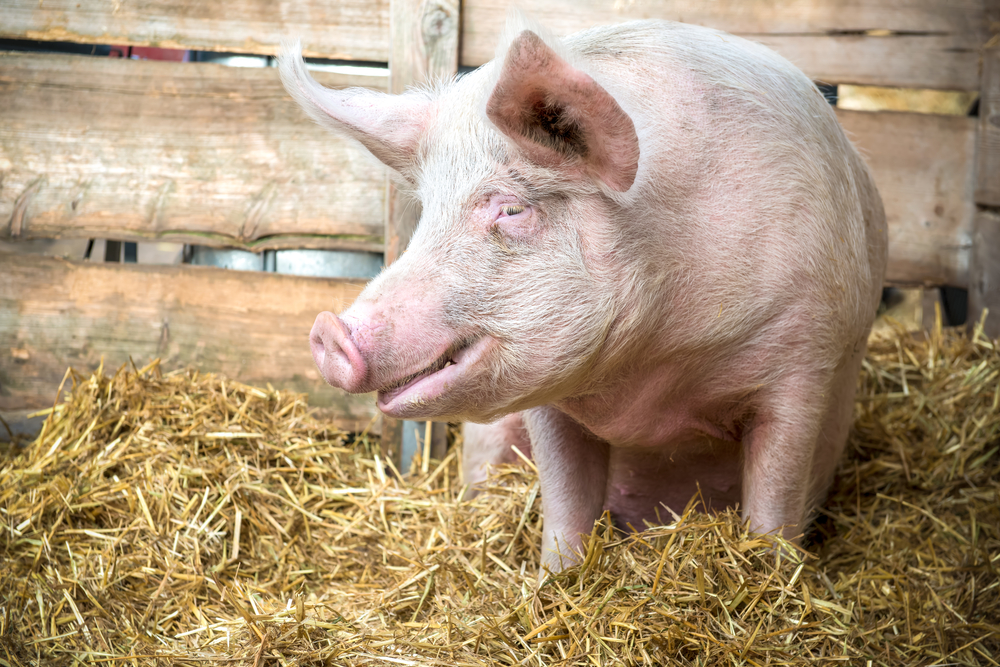Amarantus Announces Positive Data on MANF Distribution in Pig Model of Parkinson’s Disease

Amarantus BioScience Holdings (AMBS), a company developing treatments and diagnostics for diseases in the areas of neurology, psychiatry, ophthalmology and regenerative medicine, recently announced that it has completed research in which mesencephalic-astrocyte-derived neurotrophic factor (MANF) was administered to the substantial nigra and the putamen of pigs by convection-enhanced delivery.
Results of this research, conducted in the UK in partnership with Renishaw plc’s Neurological Applications Department and the Neurosurgery Research Group at the University of Bristol, supported the use of MANFs for the treatment of Parkinson’s disease (PD).
MANF has been found to be neurorestorative and neuroprotective in Parkinson’s disease rat models. Results from the current study showed that the compound can administered in the substantia nigra, and putamen of pigs and that it is an effective pharmacological drug agent when using Renishaw’s convection-enhanced delivery device.
The brain of the porcine (pig) is a good model to evaluate the viability of delivering therapeutic agents to the human brain, as it has a larger brain volume than that of a rat or non human primate (NHP). The results from the current study showed MANF can be developed for the treatment of PD.
“We are very encouraged by this important set of data demonstrating that MANF can be delivered to the brain with great accuracy,” said Gerald E. Commissiong, President & CEO of Amarantus. “MANF was precisely delivered to sites of the brain affected by Parkinson’s disease and the volume of distribution was thought to be sufficient to elicit a treatment effect. This data further positions Amarantus in the Parkinson’s disease space, as we are preparing to initiate our Phase 2b small molecule program of our lead product candidate, eltoprazine, in Parkinson’s disease levodopa-induced dyskinesia and continue with the development of MANF as a potential disease-modifying treatment for PD.”
The researchers implanted single bilateral catheters in the substantia nigra and putamen. Following surgery, results derived from magnetic resonance imaging (MRI) showed that the infusion of infusing Gadolinium-DTPA (Gd) was highly accurate. The MANF was delivered to the pigs’ brains 14 days after with convection-enhanced delivery. After this period of time, the researchers did not find reflux evidence, and immuno-staining on serial axial and coronal sections with volumetric exploration showed that the distribution of MANF volumes of 307 mm3 and 105 mm3 for the putamen and the substantial nigra.
The observed distribution in porcine putamen was similar to the one needed to produce neuroprotection in the rat PD model, and the MANF and Gd distribution volumes were statistically correlated and Gd did not changed the pattern MANF’s distribution. According the company, these results offer the potential to study the compound in NHPs and in humans. Results from this study are expected to be published in 2015.
MANF (mesencephalic-astrocyte-derived neurotrophic factor) is a naturally-occurring protein produced by the body for the purpose of reducing and preventing apoptosis (cell death) in response to injury or disease, via the unfolded protein response discovered utilizing Amarantus’ proprietary PhenoGuardTM Protein Discovery Engine.
It is indicated for retinitis pigmentosa, and other conditions such as Parkinson’s disease, diabetes and Wolfram’s syndrome.






